22. August, 2025delish0
Slitting machine inefficiency is a pain point that many production shops encounter, which directly affects order lead times and production costs. To solve this problem, you can try the following three core optimization solutions to systematically improve efficiency from the three dimensions of technology, management and process.
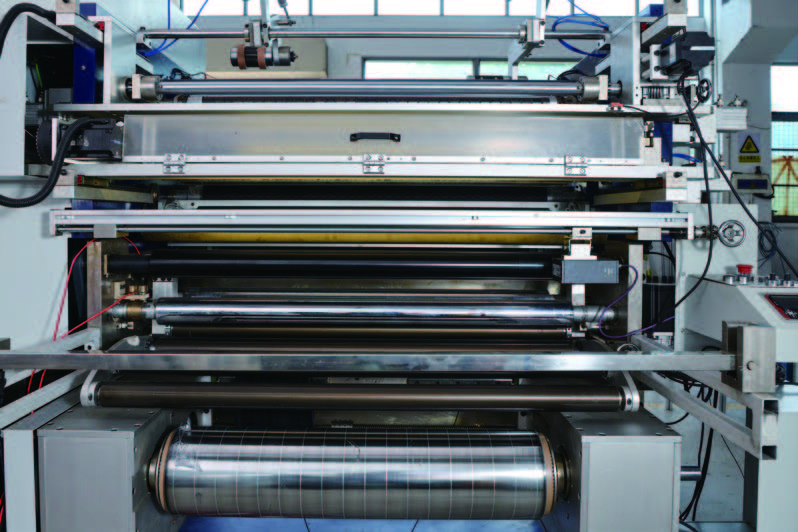
Solution 1: Technology Upgrade and Automation Transformation (Root Cause)
This is the most direct and effective long-term solution designed to reduce the dependence on manual labor and improve the extreme speed and stability of the equipment itself.
1. Install automatic loading and unloading system (e.g. AGV/robotic arm)
◦ Problem: Traditional manual feeding, unloading, and handling of paper cores or coils are time-consuming and labor-intensive, and there are intermissions in operation, which limits the continuous operation time of the equipment.
◦ Solution: Introduce an automatic guided vehicle (AGV) or a six-axis robotic arm to realize automatic feeding of coils, automatic unloading and palletizing of finished coils. This frees operators from heavy manual labor to focus on monitoring and quality checks, enabling "non-downtime" production.
◦ Effect: Greatly reduce the material change time and extend the effective production time, especially suitable for large quantities and single-specification orders.
2. Upgrade the core control system and drive system
◦ Problem: The old slitting machine is controlled by relay or early PLC, slow start and stop, and inaccurate tension control, resulting in a long acceleration and deceleration process, and it is easy to cause problems such as broken belts and uneven cutting edges during high-speed operation, and do not dare to speed up.
◦ Solution: Replace with high-performance PLC and servo drive system. Modern servo systems provide extremely precise tension control (PID algorithm or torque control) to ensure a smooth and shock-free process from start-up, high-speed operation to stop.
◦ Effect: Allows equipment to operate stably at higher speeds, reducing scrap and downtime due to tension instability, and significantly increasing overall average speed.
3. Install an online quality inspection system
◦ Problems: Quality issues such as surface defects (such as scratches, stains), cutting burrs, dimensional errors, etc., are usually discovered after the slitting is completed, resulting in the scrapping of the entire roll and high rework costs.
◦ Solution: Integrate an online visual inspection system (CCD camera), laser wide gauge or ultrasonic flaw detector during the slitting process to monitor the appearance and size of the product in real time.
◦ Effect: Detect defects in real time and immediately alarm or mark them, avoid the generation of large batches of waste, reduce ineffective production time, improve yield rate, and indirectly improve effective efficiency.
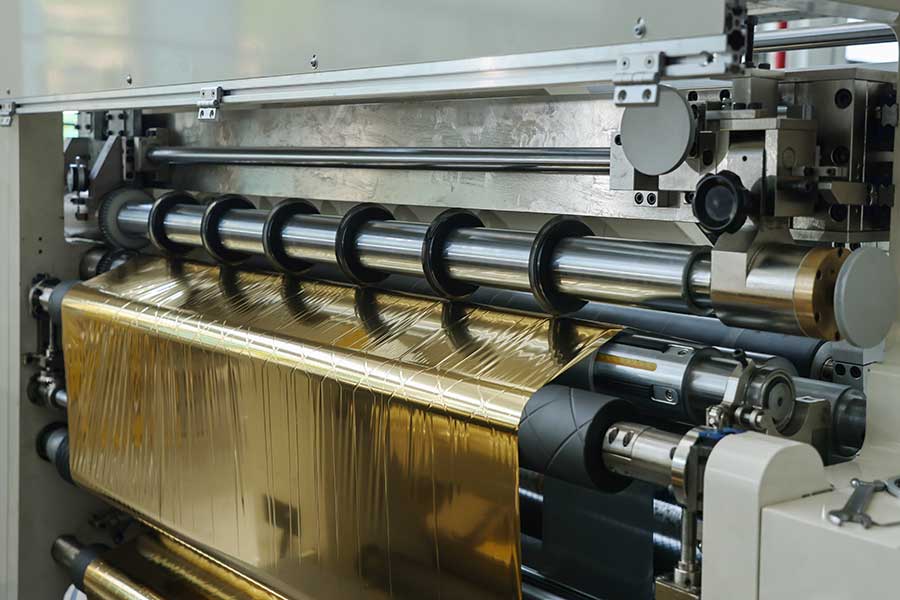
Option 2: Optimization of production management process (soft improvement)
Without a budget for hardware upgrades, the potential for efficiency can also be unlocked by optimizing management processes.
1. Implement standardized operations (SOPs) and rapid mold change (SMED)
◦ Problem: The time to change tools and specifications (material changes) is too long, the preparation work is chaotic, and the waiting time for the equipment is long.
◦ Scenario:
▪ SOP: Formulate detailed standardized operation procedures, including start-up inspection, tool loading and adjustment, parameter setting, equipment cleaning, etc., to reduce efficiency fluctuations caused by differences in operator skills.
▪ SMED: Divides the mold change process into "internal jobs" (operations that must be performed when the equipment is stopped, such as tool changes) and "external operations" (preparations that can be carried out while the equipment is running, such as material preparation, tool preparation, program presets). Convert "internal operations" to "external operations" as much as possible and optimize internal operation steps (e.g., hydraulic locking devices instead of bolts).
◦ Effect: Reduce tool change time from half an hour or more to less than 10 minutes, increasing production flexibility for small batches and multiple batches of orders.
2. Implement Preventive Maintenance (TPM)
◦ Problem: The equipment "works with illness", sudden failures are frequent, and the maintenance time is much longer than the daily maintenance time.
◦ Solution: Establish a TPM system. Develop detailed daily, weekly, and monthly maintenance schedules (e.g., check blade sharpness, clean rails, lubricate bearings, check air sources, etc.) and delegate simple maintenance tasks to operators.
◦ Effect: Significantly reduce unplanned downtime, ensure that the equipment is always in optimal condition, maintain stable production efficiency, and extend the life of the equipment.
3. Data-based performance management
◦ Problem: The cause of the inefficiency is unknown, and there is a lack of data support, so it cannot be accurately improved.
◦ Scheme: Define and track key efficiency indicators (OEE - Overall Equipment Efficiency), which are calculated by multiplying the time run rate, performance run rate, and yield rate. By analyzing the loss of OEE, it is clear where the time is wasted (is it a mold change?). Fault? Loss of speed? Or quality waste? )。
◦ Effect: Make efficiency losses "visible", make improvements targeted, and motivate the team by setting goals.
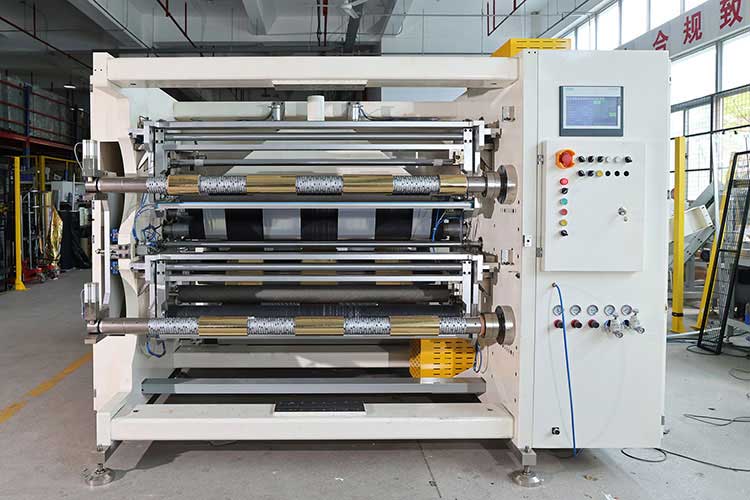
Scheme 3: Process parameters and tool optimization (fine-tuning efficiency)
Without changing the hardware and drastically adjusting the process, the results can be achieved through process fine-tuning.
1. Optimize the slitting process parameters
◦ Problem: The setting of tension, speed, pressure and other parameters is empirically not up to the optimal solution of the current material.
◦ Scheme: Conduct process tests to record the optimal tension value, running speed and roller pressure under different materials, different thicknesses and different widths. A database of process parameters is established for all operators to call.
◦ Effect: Find the best balance between quality and speed to maximize the running speed while ensuring the quality of the slitting.
2. Tool management and optimization
◦ Problem: The blade is not replaced in time, resulting in poor trimming quality, many burrs, and even the need to slow down the operation; Improper adjustment of the knife gap.
◦ Scenario:
▪ Regular Replacement/Sharpening: Establish a record of blade life, enforcing regular replacement or grinding to keep the blade sharp.
▪ Choose the right tool type: Choose different blade materials (such as tungsten carbide, ceramic) and tool types (such as round knives, straight knives, double-edged knives) according to the material characteristics.
▪ Precise Adjustment of Tool Gap: Ensure that the gap between the upper and lower knives is adjusted to 10%-15% of the material thickness, ensuring a clean and neat cut.
◦ Effect: Ensure the quality of trimming, reduce scrap and speed reduction caused by tool problems, and reduce subsequent processing processes.
Summary and suggestions
| Optimize dimensions | Specific plan | Applicable scenarios | Input costs | Speed of effect |
| Technology upgrades | Automatic loading and unloading, servo system, online inspection | Pursue ultimate efficiency, mass production, and budget | high | Slow (Project Cycle) |
| Management optimization | SOP/SMED, Preventive Maintenance, Data Management | Any business, especially at this stage, has a limited budget | low | (Implementation required) |
| Process tools | Parameter optimization, tool management | Get started right away, no extra budget required | Extremely low | Fast (immediate results) |
Recommendations for action:
1. Start immediately: Start with option 3 and check the tool and process parameters, which will lead to the fastest improvements.
2. Medium-term planning: Systematically implement the management optimization in Option 2, especially SMED and TPM, which is the key to improving efficiency.
3. Long-term investment: If the efficiency bottleneck does come from the equipment itself, then plan the technological transformation of plan 1, which is the only way to move towards intelligent production.
It is recommended to first measure the OEE of your current slitting machine, clarify the specific composition of efficiency loss, and then choose the most appropriate optimization plan to achieve targeted and accurate improvement.



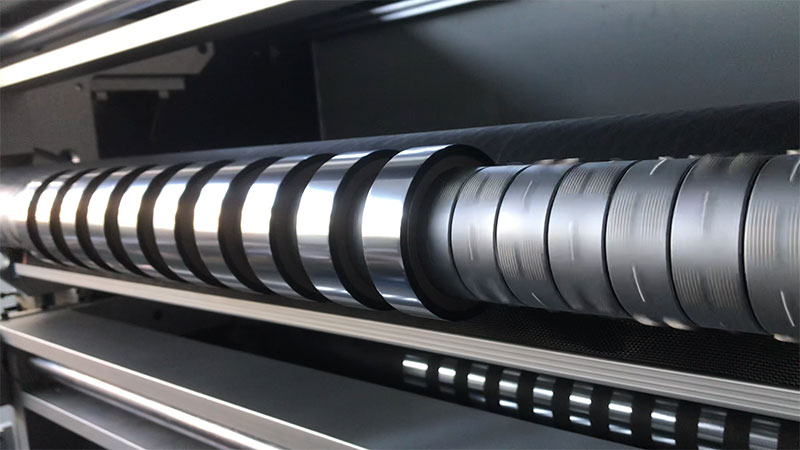
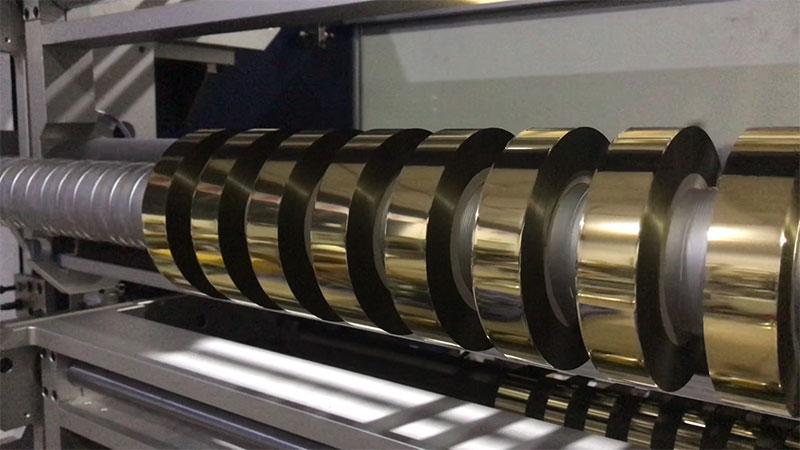
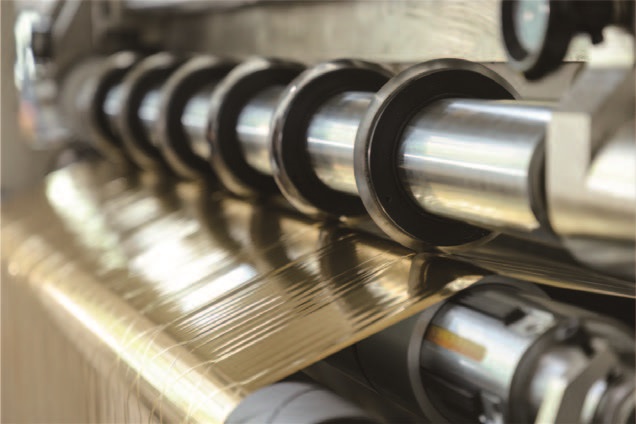
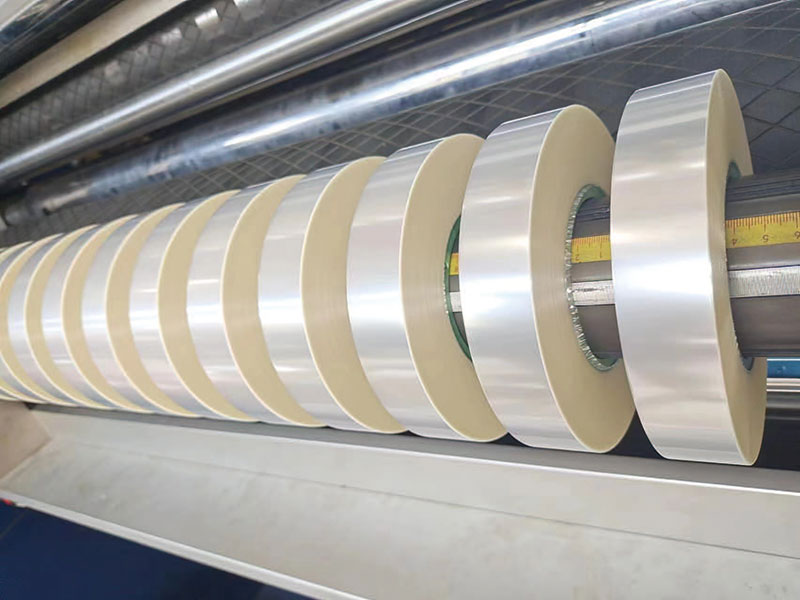
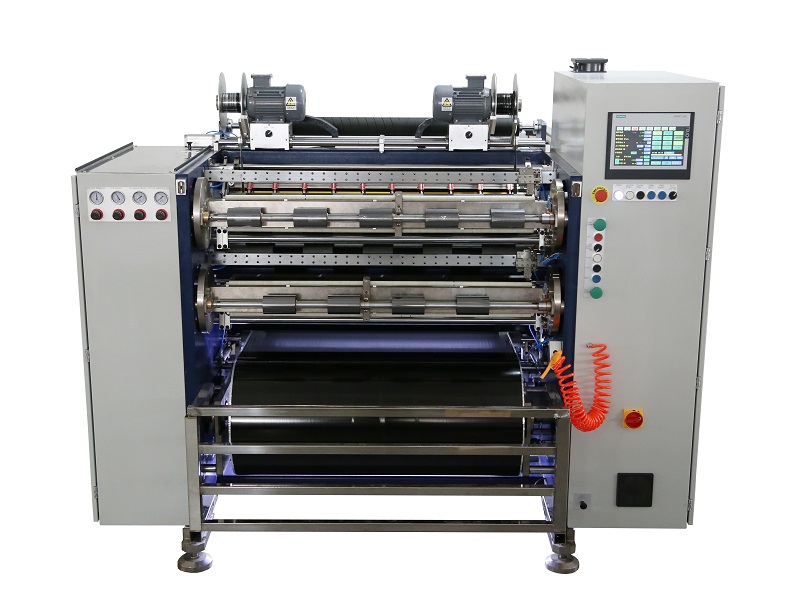 Fully Automatic TTR Slitter RSDS8 Plus
Fully Automatic TTR Slitter RSDS8 Plus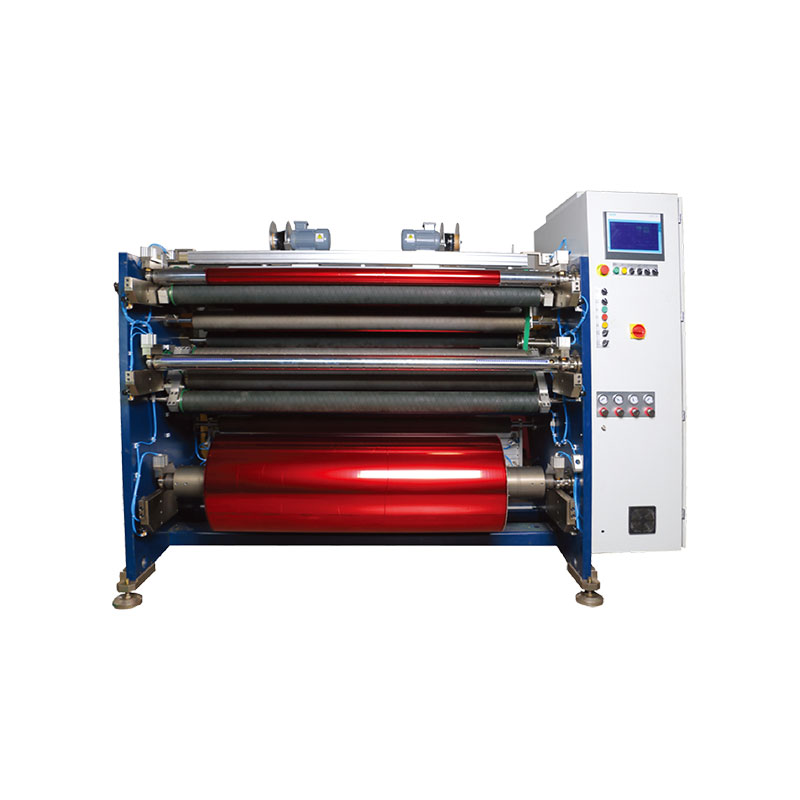 Hot Stamping Foil Slitter 1600mm
Hot Stamping Foil Slitter 1600mm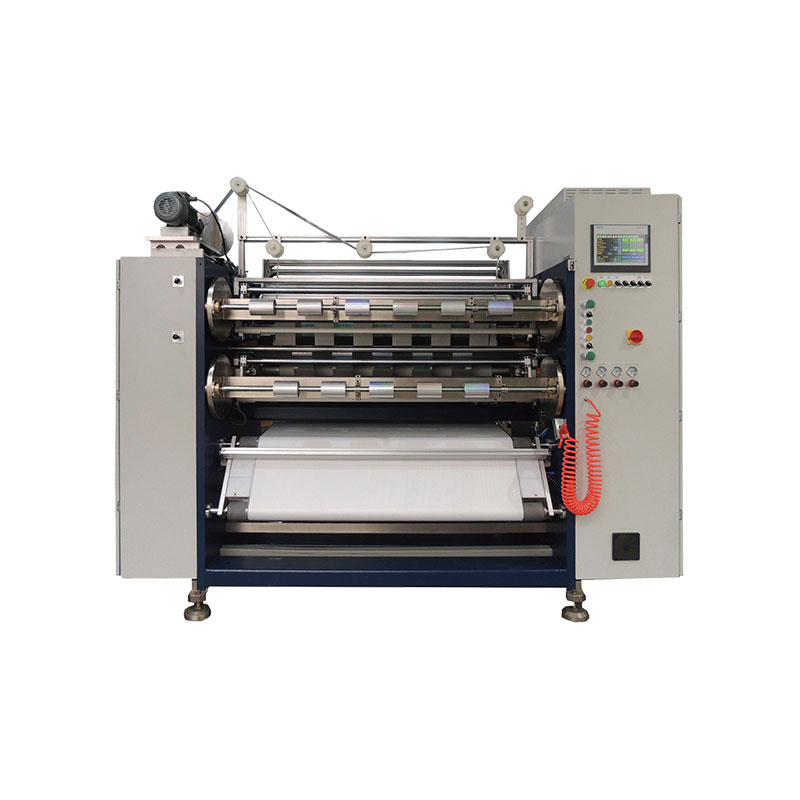 Hot Stamping Foil Slitter (4 Shafts)
Hot Stamping Foil Slitter (4 Shafts)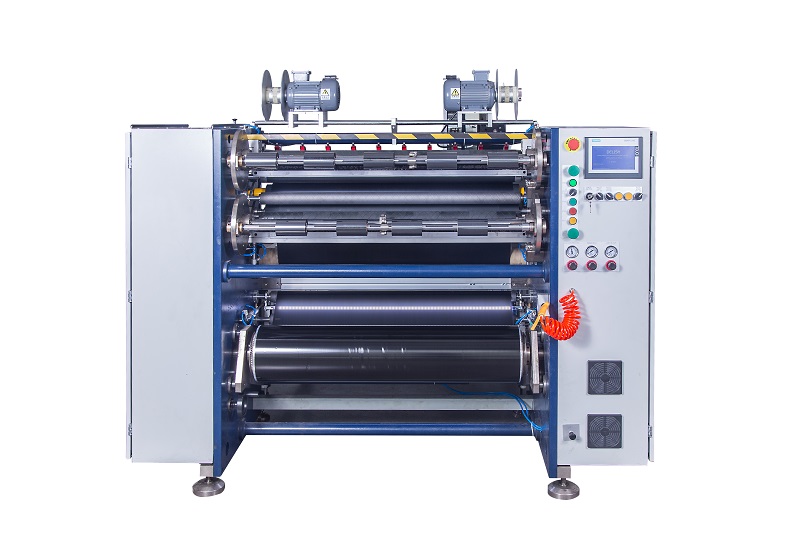 Semi-Auto TTR Slitter RSDS2 Plus
Semi-Auto TTR Slitter RSDS2 Plus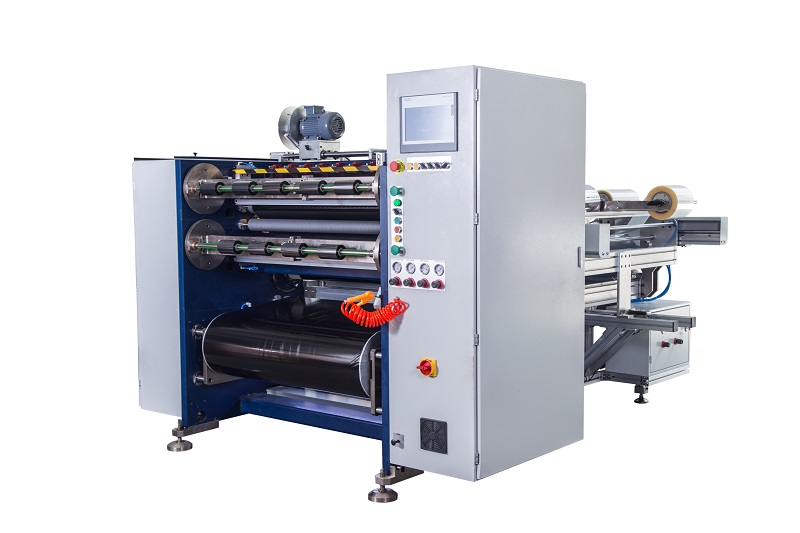 Semi Automatic TTR Slitter RSDS5 Plus
Semi Automatic TTR Slitter RSDS5 Plus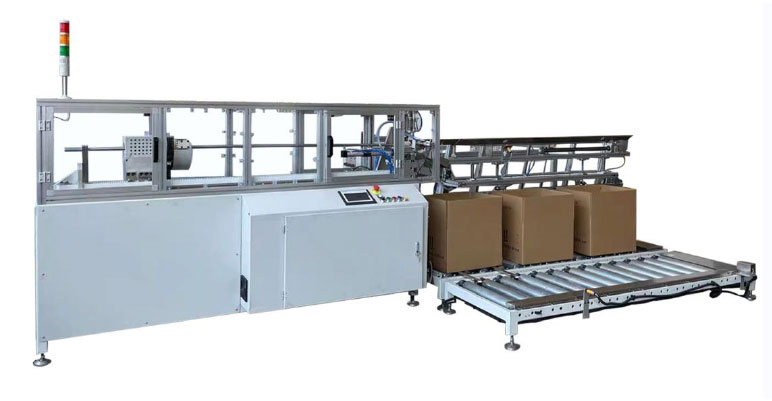 Auto Paper Core Cutter
Auto Paper Core Cutter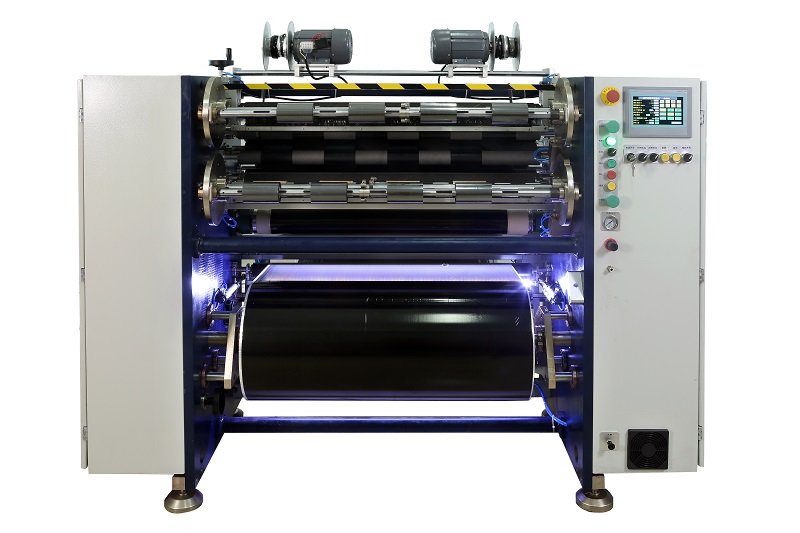 Manual TTR Slitter RSDS2
Manual TTR Slitter RSDS2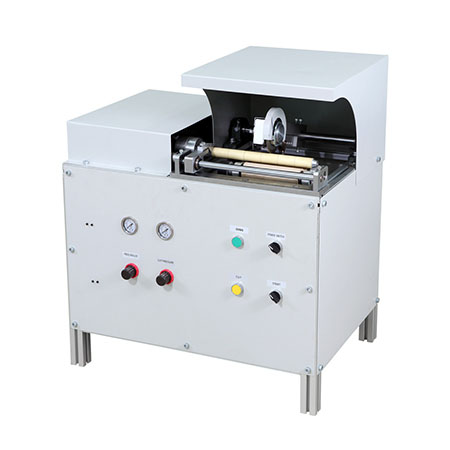 Manual Paper Core Cutter
Manual Paper Core Cutter





